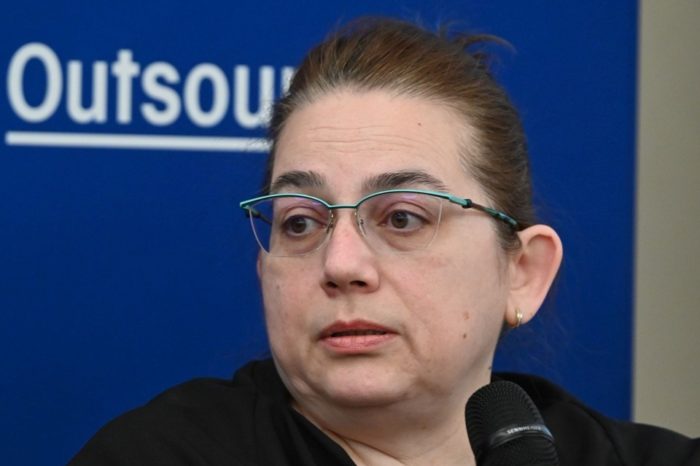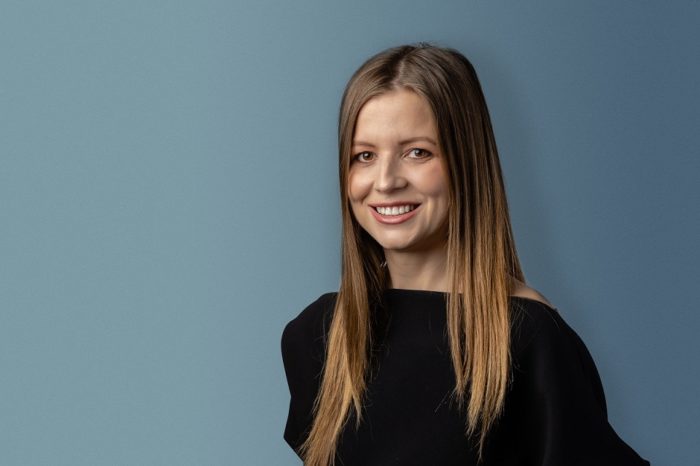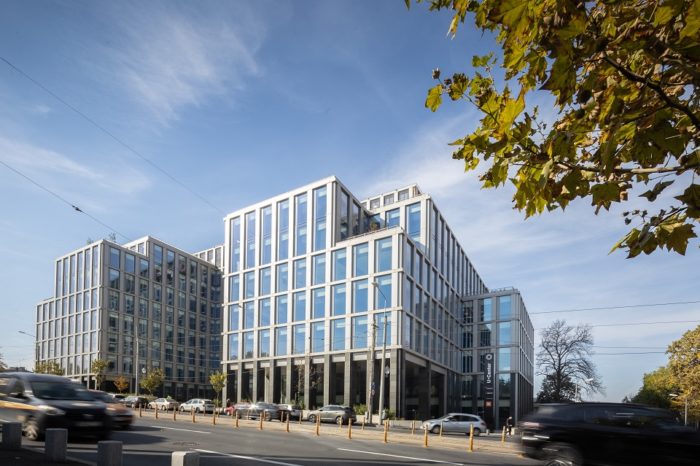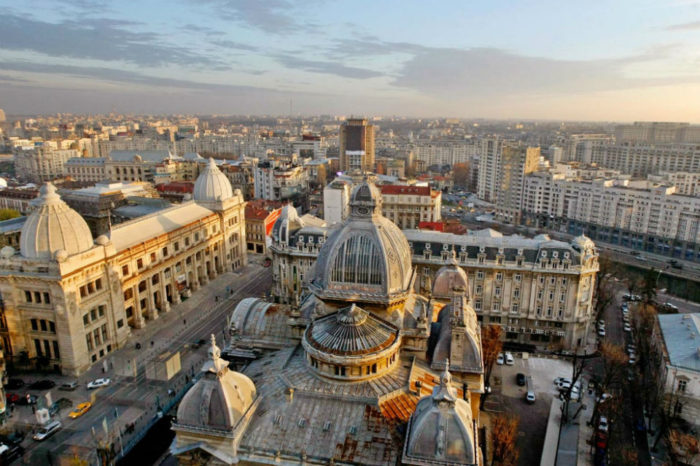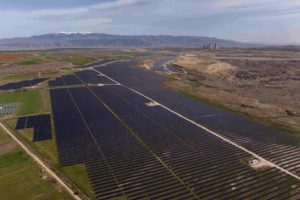Mihai Paduroiu, CBRE Romania: “The office market feels the need for a large number of projects to be delivered”

The office market rose in 2018, when 144,000 sqm of new office space was delivered, up 15 per cent compared to deliveries completed in 2017. Currently, the modern office building stock has reached 2.91 million square meters, and real estate specialists estimate the same accelerated pace in 2019.
However, some say there is a continuing imbalance between demand and supply, with the market feeling the need for a larger number of projects.
“In 2018 many pre-leases took place so at this time 50 percent of the total area to be completed in 2019 is already leased,” Mihai Paduroiu, Head of Advisory & Transaction Services at CBRE Romania tells The Diplomat-Bucharest. “The office space market in Romania is quite mature, as proven is strengthening of important trends in 2018. We talk about co-working area, where we have extremely important players who have stepped up their activity in 2018. Also, developers have begun to focus on the wellness area, on improving the work environment, on the user experience. In the last 20 years, we have witnessed the change in the relationship between the landlord and the tenant in the office space segment.”
According to Paduroiu, more and more office spaces are designed taking into account the health, comfort and general well-being of the employee.
He believes Bucharest would have much to gain from a transformation of the building stock in the administrative area, belonging to various government institutions or organizations, following the model applied in Budapest, Prague, Warsaw or Bratislava.
In his opinion, 2019 will be even more dynamic in terms of deliveries, with 15 office projects amounting to more than 304,000 sqm. CBRE data show that 48 percent of projects are located in the western part of Bucharest, 24 percent in the north, ten percent in the CBD area, nine percent in the central area and eight per cent in Pipera.
The western and northern areas of the Capital remain in strong demand, but another trend is the creation of new office hotspots.
“Timpuri Noi is one of the most attractive areas,” says Paduroiu. “The emergence of Times Square project, where there are currently very important tenants, has put this part of the capital on the map of key areas in the development of new office space. This project has already begun to act as a magnet for both investors and tenant companies of the same size as CBRE. Tineretului area is also a hotspot that attracts developers.”
Last year, the office market in major regional cities has become increasingly attractive for developers and tenant companies. Demand has increased in Timisoara, Cluj-Napoca, Brasov and Iasi. Even though the volumes are still far from those in Bucharest, CBRE expects the number of developments in these cities to continue to grow. “In 2019, new players are to enter the market, not only in the capital but also at the local level, which will lead to a larger number of office space projects,” says Paduroiu.
He argues the market is strongly stimulated by the increase in consumption, which has contributed to the development and need to expand many companies, as well as to the entry of new players on the market: “Office demand is high and continues to come mainly from IT, industrial production, energy and business services.”
Several CBRE studies showed that employees, regardless of their age, highlighted three important factors for them and which they would most likely want at the workplace: wellness – everything related to the employee’s well-being, room flexibility and technology.
The increasing focus on user experience is a healthy trend that gives the market the opportunity to grow and to rally to the global trend, Paduroiu says.
He goes on to say that another opportunity is given by the need for mobility and flexible workplaces of the people, which has led to an increase in the share of the co-working segment.
(From the print edition)


